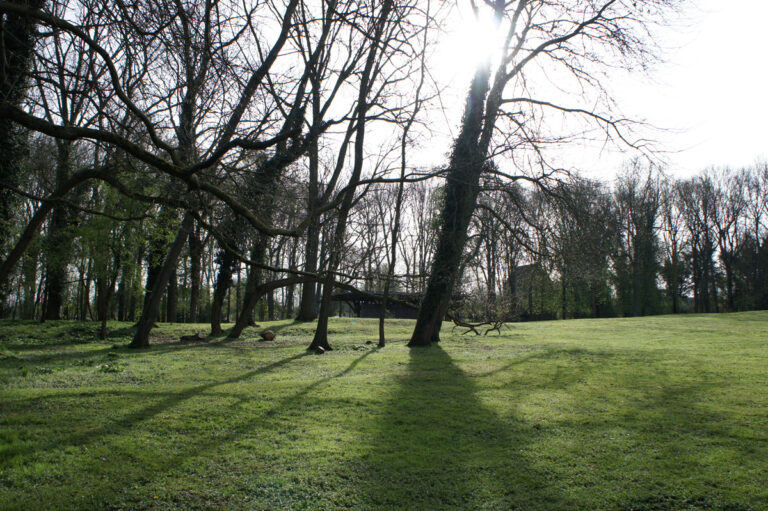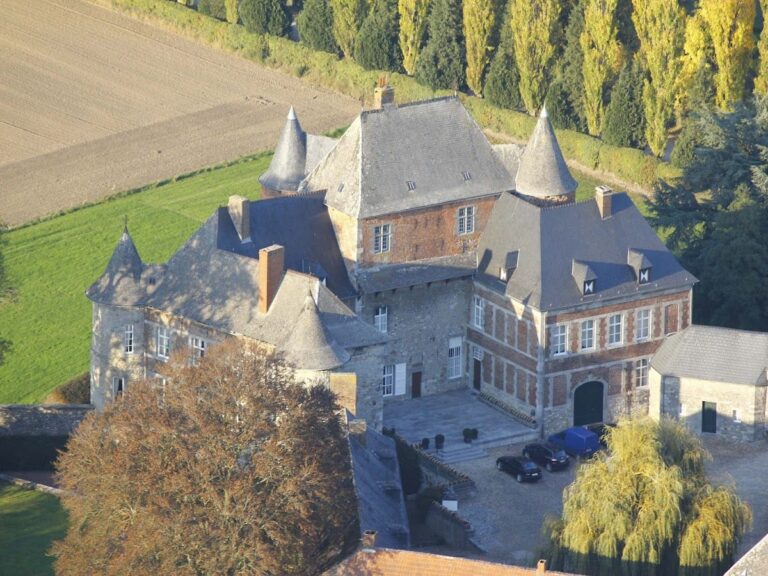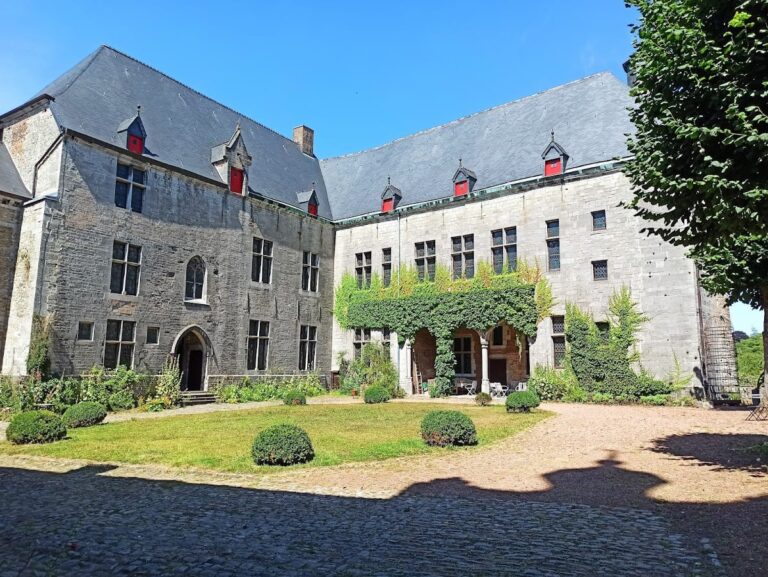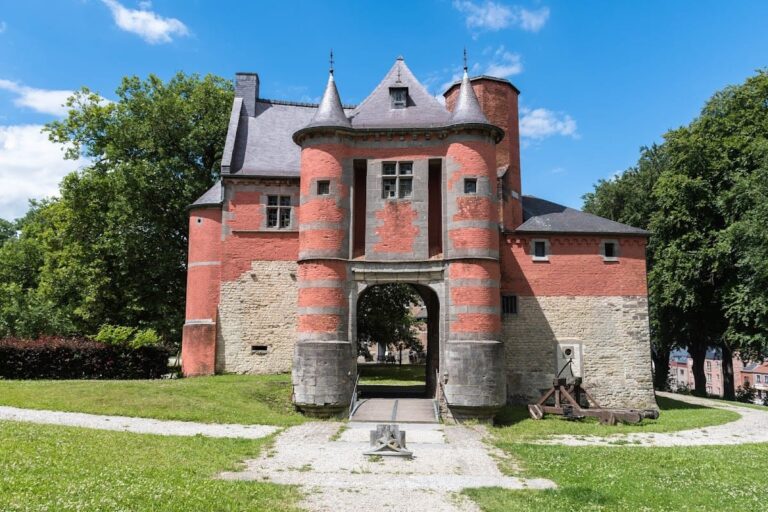Forum antique de Bavay: The Ancient Roman Forum in Northern France
Visitor Information
Google Rating: 4.4
Popularity: Low
Google Maps: View on Google Maps
Official Website: forumantique.fr
Country: France
Civilization: Roman
Remains: Civic
History
The ancient forum of Bavay is located in the town of Bavay, northern France. This site was originally the capital of the Nervii, a Belgic tribe during the Roman period. Known as Bagacum Nerviorum in antiquity, it became an urban center in Roman Gaul.
Construction of the forum began in the 1st century AD and continued into the late 2nd century. The forum was closely linked to the Roman road network, including the Via Belgica, which connected it to other parts of the empire.
By the late 3rd century, the forum’s role shifted as the area was fortified. Defensive walls and structures were added, transforming the civic space into a stronghold during late antiquity. The last known historical mention of the fortified site dates to 430 AD, after which its use declined.
The site was rediscovered in the 18th century through chance finds. In the 19th century, unregulated excavations took place, leading to more scientific archaeological investigations initiated by Abbé Augustin Carlier. From 1906, Maurice Hénault conducted major excavations, uncovering the forum and its associated baths, which were supplied by an aqueduct.
After damage caused by bombings in World War II, re-excavations were carried out in 1940. Henri Biévelet led systematic archaeological work from 1942 to 1976, followed by Jean-Claude Carmelez until 1997. More recent preventive excavations occurred in 2020 and 2021 ahead of protective construction efforts.
Since 1992, the site has been protected as a Monument historique. A museum dedicated to the forum’s history was established in 1906, with the current building opening in 1976 near the ruins. Since 2011, the museum has been named “Forum antique de Bavay” and features evolving 3D reconstructions of the forum.
Remains
The forum covers more than 2.5 hectares, making it one of the largest known in the Roman world. It has a rectangular layout approximately 240 meters long and 100 meters wide. The forum was enclosed on three sides and oriented along major Roman roads, including the Via Belgica.
Key structures include a basilica measuring 98 meters in length, which served as a public building for legal and commercial activities. Surrounding the forum square are cryptoporticoes, which are covered galleries or passageways. These galleries feature distinctive bicolored arches and provided sheltered walkways around the square.
A temple was also part of the forum complex, though specific details about it are limited. The buildings were constructed using stone and masonry typical of Roman techniques. The forum’s interior pillars and extensive remains of the cryptoporticus have been preserved.
Archaeological finds at the site include Gallo-Roman bronze objects such as a figure of Amor (the Roman god of love), a Roman-style representation of Mater (mother), and a copper alloy statuette of Minerva, the Roman goddess of wisdom. These artifacts date from the 1st to 3rd centuries AD.
Today, the cryptoporticus remains have been stabilized and are protected by a large galvanized steel roof covering 6,400 square meters, installed in 2022. The museum adjacent to the site displays these finds and offers interpretive stations along a protected walkway, explaining the forum’s architectural development and historical background.









